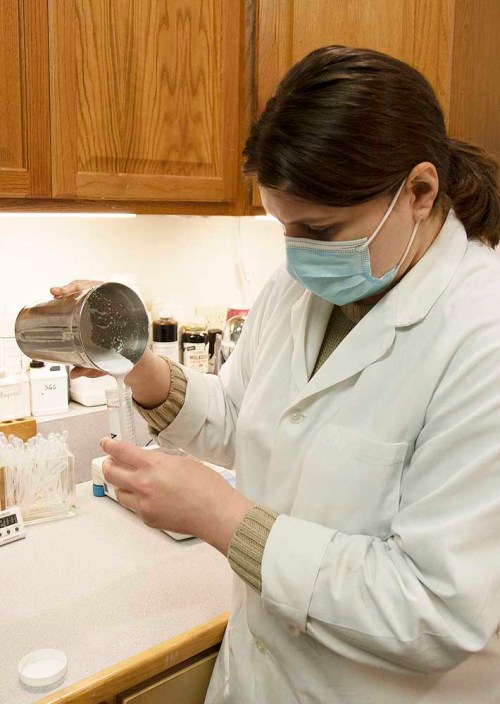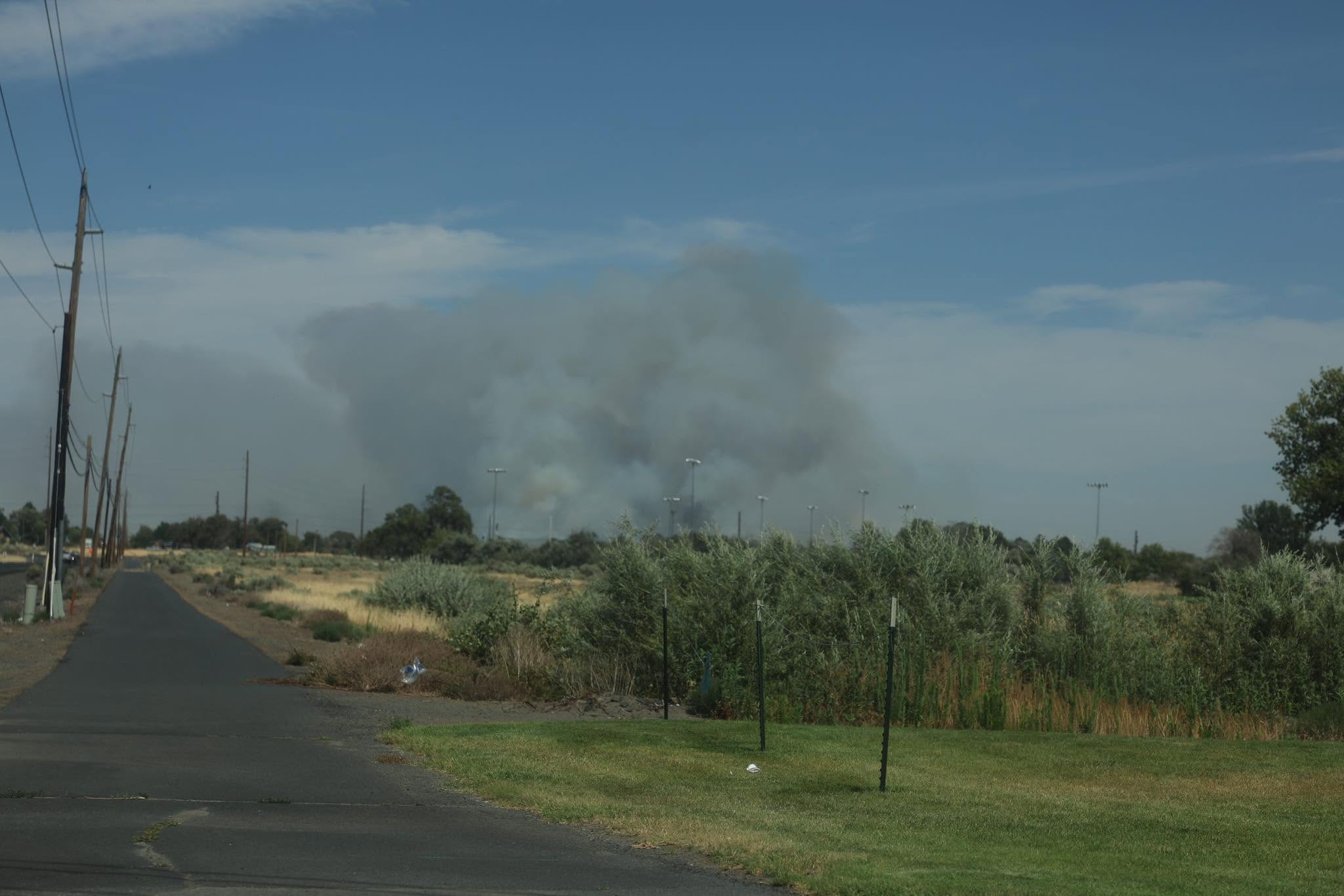‘Plant sunscreen,’ long used by apple growers, gets an upgrade
Published 12:15 pm Wednesday, February 2, 2022

- Lab technician Rachel Baker pours a freshly mixed batch of Solbere formula into a vial.
JUNCTION CITY, Ore. — Solbere, a natural, protective coating that apple growers have long been spraying on orchards to prevent fruit from sunburning, is getting upgraded.
Current research and development, underway in the Willamette Valley since 2018, is aimed at creating what company scientists call “Solbere 2.0” — an improved formula designed to simultaneously prevent plants from sunburning, maximize growth and increase carbon capture. The company is working toward expanding its use into other crops.
“The newer technology got a lot of science poured into it. The apple sunburn technology, that was your 1.0. This is your 2.0 product, and we’re continuing to make improvements,” said George Baker, co-founder and president of Solbere.
Baker is also the owner of ORCAL, a pesticide manufacturing company, and founder of the nonprofit CO2 Solved Foundation.
Since 1999, Baker has manufactured a variety of “plant sunscreen” products made primarily from water and calcium carbonate, ground from the common white rock known as calcite.
Baker’s invention was based on the ancient Greek practice of applying white calcite clay on grape vines, olives and fig trees to keep them from getting sun-scalded.
Around 2010, Baker realized the products could be fine-tuned for secondary benefits.
Baker partnered with Cliff Fairchild, professor emeritus in Oregon State University’s Physics Department, to invent Solbere.
Their aim was to create a similar but separate product that would not only prevent sunburn but also make photosynthesis — the biological process by which plants convert light into chemical energy — more efficient.
Plants, on average, convert only 1% of the sunlight that hits them into energy for growth.
Photosynthesis takes place within a plant’s chloroplasts, which contain chlorophyll. When a plant is under heat or direct sunlight, the chloroplasts move to the sides of cells to avoid sunburn, limiting photosynthesis.
If, however, a plant is treated with a formula containing calcite ground to match the wavelengths of light that plants need, then the chloroplasts don’t move to cell sides as rapidly. Instead, chloroplasts continue working.
This does two things, said Baker. First, it allows the plants to photosynthesize longer, translating into higher yields. Second, it allows plants to capture more carbon.
In the field, some farmers say they are seeing direct benefits.
Kurt Stroda, a farmer with 160 acres of Christmas trees in Cheshire, Ore., has been spraying Solbere on his Noble Firs to prevent sunburn.
The treated stands perform better, said Stroda.
“I feel that we definitely get benefit,” he said.
Gregory Pickel, business development manager at G.S. Long Co., a Washington agrochemical company, buys and sells “thousands of gallons” of Solbere annually.
The product, he said, has long been a “staple of our sunburn prevention program,” and its upgrades have been “all for the better.”
During last year’s heat waves, Pickel said his company went through a significant volume of the product. It’s not just apple growers buying anymore, he said. Blueberry and cherry growers are experimenting too.
The product is also being tested by pistachio, almond and blueberry growers.
Pickel said he expects apple growers will continue to be the No. 1 industry using the product, but Baker, the company’s owner, has high hopes for the product’s expansion into other crops and forest systems.









